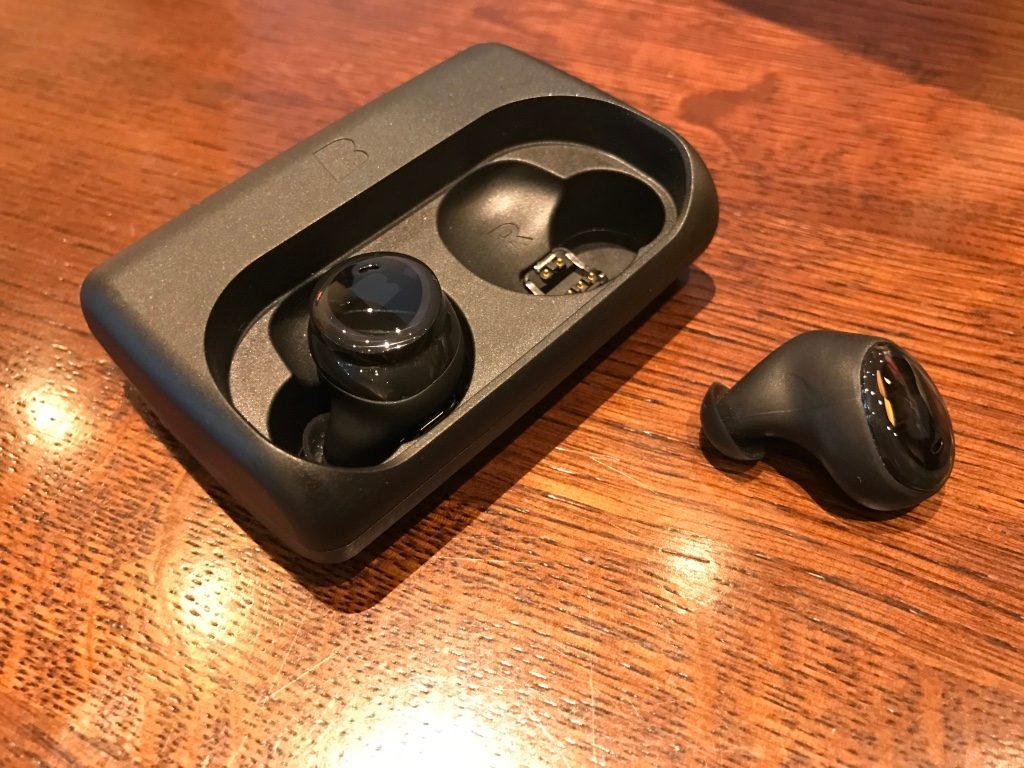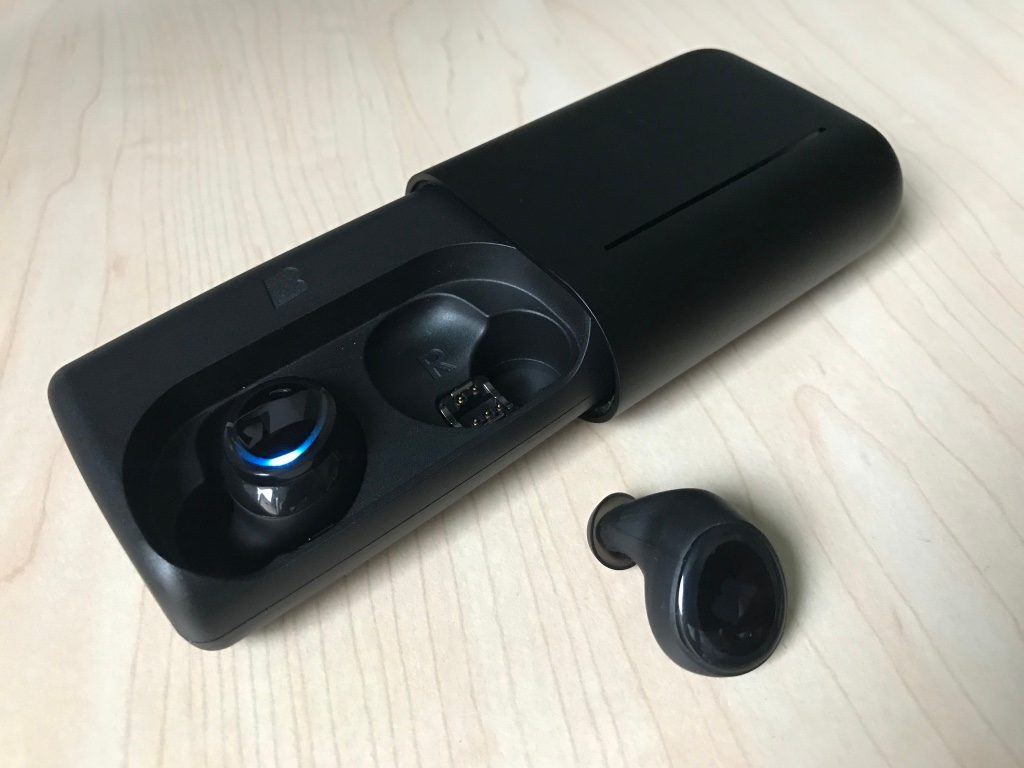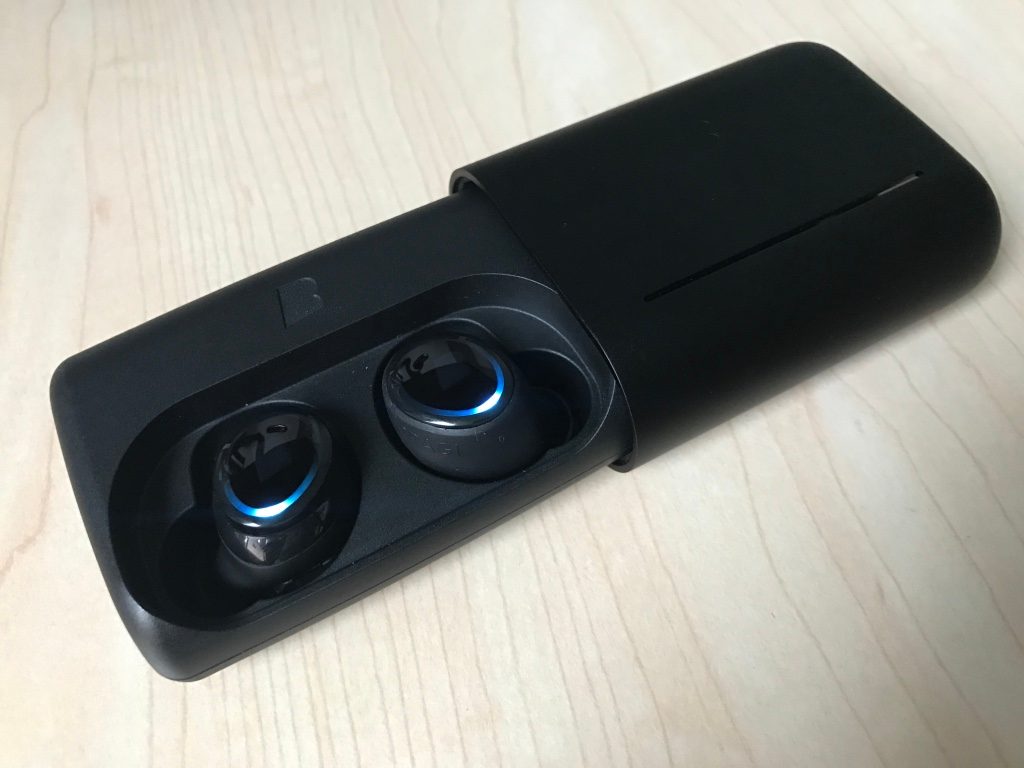SUMMARY
This is AI generated summarization, which may have errors. For context, always refer to the full article.

When Apple unleashed the iPhone 7 on the world a few months ago, people criticized them harshly for removing the decades-old headphone jack. Some saw it as the latest in a long series of planned obsolescence from the Cupertino giant, and some defenders compared it with the iMac ditching the floppy disk, or Macbooks without VGA ports – initially shocking exclusions that paved the way for the rest of the industry to move forward. (Read: Where is Apple going with the AirPods?)
Is the headphone jack a different story? Some people may not even really miss it. Audiophiles certainly will, or anyone who280 has spent more than a few thousand pesos on a good set of in-ear monitors. Not a lot relished the idea of adding the new lightning-to-headphone dongle to the current tangle of lightning-to-USB, USB-to-USBC, and micro-USB-to-USB-to-USBC cables in their backpacks.
Cutting the cord…for real, this time
With the omission of the headphone jack, Apple’s strategy is clear, and they actually have the numbers to back it up. This year was the first time that wireless headsets outsold wired headsets in the US, so why bother supporting a legacy component that’s already on its way out?
Granted, the wireless headsets that are now all over your neighborhood Crossfit gym or electric cycling studios aren’t really wireless. You’ve seen them around: they’re still essentially wired earbuds, except that the cables no longer extend all the way down to your phone. Instead, they connect to a plastic halo that hangs around your neck, housing a power supply and a bluetooth antenna.
It’s a half-measure solution if we’ve ever seen one. We’ve had the essential technology to go full wireless (i.e., self-powered independent earbuds) since hearing aids were invented, so why bother with the remaining 3 inches of cable when you could remove them completely?
Apple certainly agrees. Their upcoming Airpods are “true wireless,” although production delays seem to have pushed their release back a few months.
But the AirPods aren’t the first on the block either. At this point, everyone from Samsung to Jabra to Motorola has released their own “true wireless” contenders, and they all work roughly the same way. The earbuds are completely independent of each other, and look like a slightly bulkier set of in-ear headphones with the cabling yanked out. They’re connected to your phone via Bluetooth and to each other via various other close-range wireless technologies. (The Bragi Dash uses near-field magnetic induction, the same thing hearing aids have used for years, to synchronize between the left and right earbud.)
Like a lot of new tech, they are unforgivingly expensive. Apple’s Airpods may sound pricey at $160, but in this particular arena, they’re the cheap seats. Most of the others are in the $250 range, and the top-end Bragi Dash goes for $280.
The true wireless experience

Financed by a successful Kickstarter campaign in 2014, the Dash represents the bleeding edge of where this consumer technology is currently at, and based on my first week with them, it still has a ways to go. I’m a reformed music junkie, and the sound quality you can currently get out of these (and indeed many other wireless headsets) are just right above the bar of “ok.” What I mean by that is that most people will probably be okay with the sound quality, but from an objective standpoint, they’re pretty average … especially when you consider their black-market-kidney-trade price point.
The flip side though is that they allow such an unprecedented freedom of movement that you often forget that you have them on. You can get dressed without removing them, maneuver yourself into tight spaces like airplane seats or commuter trains without getting them snagged on other people…heck, you can run, exercise, swim, take a shower, all without ever taking them off.
For basic commands, you don’t have to pull your phone out of your pocket or gym bag either. The shell of each earbud is a tiny touchpad, allowing you to tap to toggle music playback and swipe for volume control or noise cancellation.
All of that convenience currently comes with some fairly hefty tradeoffs. For one, they only have enough battery life to last about 3 to 4 hours of continuous use. Standby time seems to vary but I’ve had them on for a whole work day with sporadic use before running them flat.
You charge the Dash by placing them into a very slick black aluminium case the size of a deck of cards, which is itself a mobile power bank and holds enough power for five full recharges. In a way, the short battery life addresses one of the biggest fears that people have about wireless buds. Their diminutive size means they’re easy to lose, but that’s probably not going to happen if you have to carry them around in a big metal case.
Hearing voices
The Bragi’s use a bone-induction microphone that detects your voice through the vibrations in the bones of your face rather than through a more traditional condenser or microelectromechanical systems (MEMS) microphone. Bone-conduction is not the greatest technology for capturing live voice, and I’ve found that it was the one place where the Dash fell flat. To hear what it sounds like, here’s a test recording of standard Harvard sentences that I made using Apple’s Voice Memos app. The quality is good enough for a quick phone call, but let’s just say I wouldn’t pitch my startup to any investors with this just yet.
The interesting thing about Bragi’s bone-induction solution is that it seems to improve with firmware updates, so perhaps there is hope in the underlying technology yet. To be fair, trying to make your voice sound good with this form factor is not simple. Apple filed patents as recently as 2014 for their beamforming microphones, a solution that would eventually find their way to the AirPods. On their Premium Elite headset, Jabra embedded not two but four separate microphones, a solution which attempts to cleanly isolate your voice against the surrounding ambient noise.
A different type of facial recognition
As society transitions to fully wireless headsets over the next few years, early adopters will have to endure a brief period of social awkwardness while everyone gets used to the new normal. Just walking around with the Dash is enough to draw the occasional curious stares on the sidewalk…but probably no more or less than the glances you would draw with Snapchat Spectacles.

But what people may find truly strange about the Dash is how you interact with it. One of the things I simply could not get used to: nodding your head to accept an incoming phone call, and shaking it to reject. (Obviously, your mileage may vary.)
The most recent firmware update allows users to double-tap their right cheek to summon Siri or Google. Bragi reasons that your face has a much larger surface area than the square inch of touchpad space on the earbud, so you’re more likely to hit your target with each attempt. While that was certainly true, I did find it to be a little too sensitive sometimes, randomly activating Siri when I was actually just scratching my face. (“Hey Siri, can you recommend a good after-shave?”)
Bragi refers to these new controls as their Kinetic User Interface, and it’ll likely include more face-touching as they continue to improve the software. Upcoming updates will even allow users to look up at the sky to get weather reports read back to them.
If the sight of glassy-eyed, cheek-tapping, head-nodding pedestrians sounds like a bizarre Black Mirror future, look at it this way: at least they’re not staring down at their phones while smashing into each other on the sidewalk. (Read: Technology and how it will destroy us all – according to Black Mirror Season 3)
Smart wireless earbuds like the Bragi Dash are slowly addressing the Herculean task of unmooring our faces from our mobile devices, if only for short periods of time. How strange that it wouldn’t have been possible if that headphone jack were still there. – Rappler.com
Luis is a Manila-based fintech entrepreneur, and blogs at Cryptonight.org. Follow him at @helloluis.
Add a comment
How does this make you feel?
There are no comments yet. Add your comment to start the conversation.